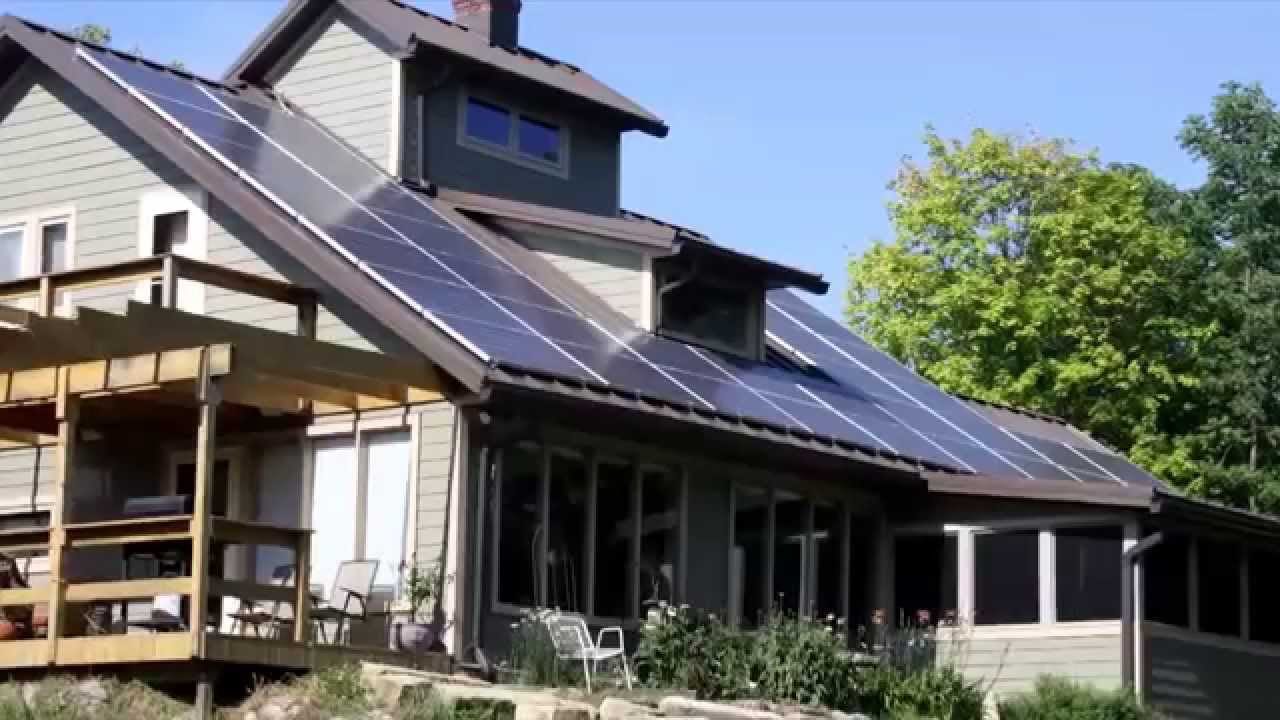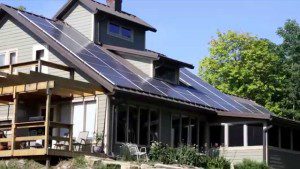What is a PV (Solar) system worth on resale?

 If you are only vaguely curious, the simple answer is about $15,000, according to Daily Finance. When my client asked me about this, I decided it was time to do some checking.
If you are only vaguely curious, the simple answer is about $15,000, according to Daily Finance. When my client asked me about this, I decided it was time to do some checking.
In a national study, the answer was qualified with more data. All PV (photovoltaic) systems are not the same. Where they are (geographically), how much power they produce, and whether they are on an existing structure or a new house affects the return on investment.
The expanded study found that the “PV premium” adds about $4 per watt, or roughly $15,000 to the value of a home, based on an average-sized 3.6-kilowatt system. The premium holds across various states, housing and PV markets, and home types. The survey is based on data from the sale of 22,822 homes in total, 3,951 of which had PV in eight states from 2002-2013.
When I dig a bit deeper into the study, I find that PV systems outside of California do not bring as big a resale bump. Instead of $4 per watt, it is about $3.11 per watt. That brings the bonus to an average of $12,700.
For homes outside of California where we have data (in Connecticut, Florida, Massachusetts, Maryland, North Carolina, New York, and Pennsylvania), the PV premium is estimated to be $3.11/W and highly statistically significant (p-value < 0.01), but with a 95% confidence interval of $2.33. This indicates that, in this broader sample of homes, a premium for PV homes is evident, but that the smaller sample of homes outside California does not allow for a very precise estimate of the effect size. The estimated premium is very similar to the net cost estimate for this subset of $3.09/W, and it is not statistically different from the premium estimated for California homes…
Here in New England, most of our housing stock is old. Is there a difference in resale value for retrofitting, compared to building new with PV?
 The study says:
The study says:
Only a small and non-statistically significant difference exists between PV premiums for new and existing homes, though some evidence exists of new home PV system discounting. A PV green cachet might exist, i.e., home buyers might pay a certain amount for any size of PV system and some increment more depending on system size.
A warning about skimming this report and looking at the charts: There is a statistical blip that shows a higher premium in California for older houses with solar. That was mostly because of discounts on solar during the building boom in California prior to the 2009 real estate bust. Also, older houses that were retrofitted for PV were larger than the typical new construction property. (This large price increase for existing properties shows up in charts in the report, and is misleading, out of context.)
Another place for information: Appraisers have developed a website to figure out the value of green features.
A word of caution: About depreciation. The data is not in. It is too soon to tell. This will be interesting to watch. When PV was introduced in the 1970s, many of the companies doing the work went out of business. By the 1990s, a PV system on a house was a liability, since many did not work. Most of them ran hot water tanks, and not house electricity.
Has PV succeeded this time? Will the systems still be attractive 20 years later?